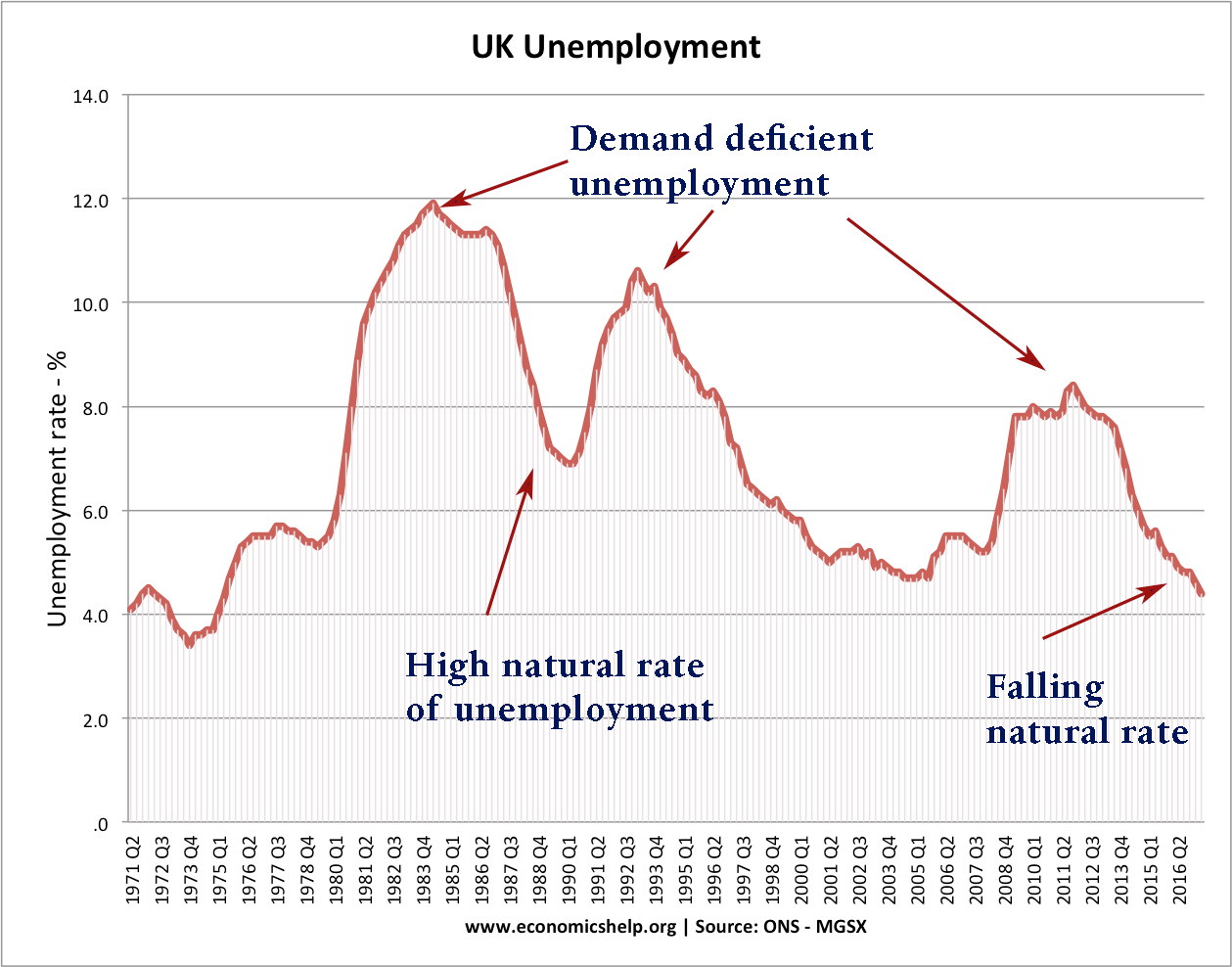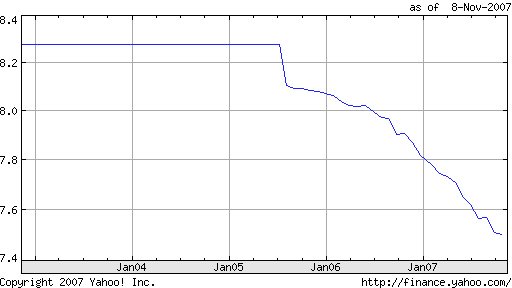Readers Question: What is the most important reason why there is an improvement in the economic growth in the chinese out of the following policies. is it Government policy, education, investment from overseas, cheap labour or natural resources.
1. Cheap Labour
China has a large unskilled workforce willing to work for low wages. In the north many farmers struggle to make an income, therefore, they are willing to move south and work in manufacturing for low wages. Therefore, despite high growth, wages have remained low. This has meant Chinese exports have continued to be very competitive. Exports to the rest of the world are one of the main factors behind increased AD and China’s. Cheap labour has also helped avoid wage inflation, which could destablise economic growth.
2. Government Policy
The Chinese government have been keen to promote economic growth (they have been concerned about unemployment from privatised industries and agriculture). Therefore, they have kept the Yuan undervalued. This makes Chinese exports more competitive and has helped the exporting sector. The government have also kept interest rates relatively low. Although, it is sometimes difficult for small business to get loans. Low interest rates have also encouraged some irresponsible lending. Arguably the government have contributed to a boom and there is a danger that the government have allowed growth to be too high. This could lead to inflation and a downturn in the future.
3. Raw Materials.
China has good reserves of raw materials such as coal. However, for many raw materials they are net importers. This is true, particularly, for metals, oil and precious commodities. In fact demand from China is one of the main reasons behind the boom in commodity prices. Therefore, we could say China has experienced growth, despite having to import so many raw materials. The increasing price of oil and metals may be a constraint on future growth.


